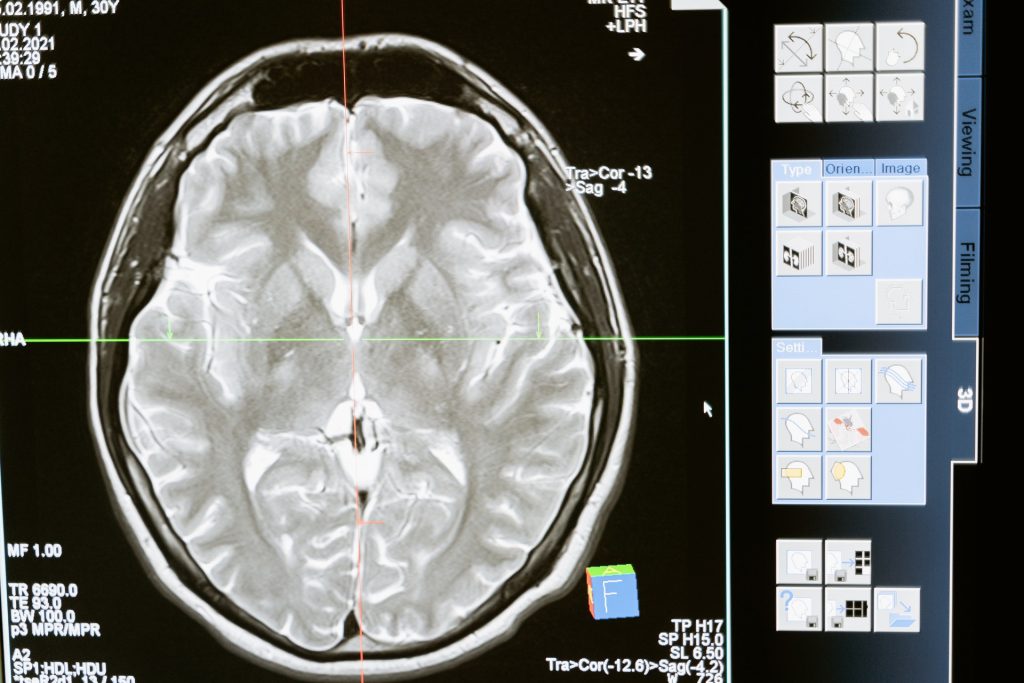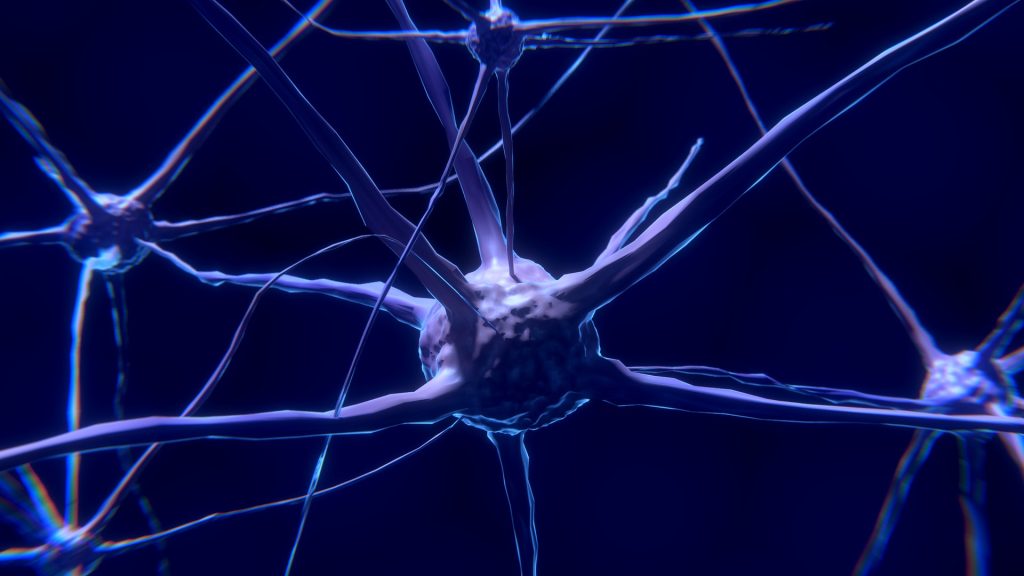In Utero or Neonatal Antibiotic Exposure Could Lead to Brain Disorders

According to a new study, antibiotic exposure early in life could alter human brain development in areas responsible for cognitive and emotional functions.
The study suggests that penicillin alters the body’s microbiome as well as gene expression, which allows cells to respond to its changing environment, in key areas of the developing brain. The findings, published in the journal iScience, suggest reducing widespread antibiotic use or using alternatives when possible to prevent neurodevelopment problems.
Penicillin and related medicines, such as ampicillin and amoxicillin, are the most widely used antibiotics in children worldwide. In the United States, the average child receives nearly three courses of antibiotics before age 2, and similar or greater exposure rates occur elsewhere.
“Our previous work has shown that exposing young animals to antibiotics changes their metabolism and immunity. The third important development in early life involves the brain. This study is preliminary but shows a correlation between altering the microbiome and changes in the brain that should be further explored,” said lead author Martin Blaser, director of the Center for Advanced Biotechnology and Medicine at Rutgers.
In the study, mice were exposed to low-dose penicillin in utero or immediately after birth. Researchers found that, compared to the unexposed controls, mice given penicillin had large changes in their intestinal microbiota, with altered gene expression in the frontal cortex and amygdala. These two key brain areas are responsible for the development of memory as well as fear and stress responses.
Increasing evidence links conditions in the intestine to the brain in the ‘gut-brain axis‘. If this pathway is disturbed, it can lead to permanent altering of the brain’s structure and function and possibly lead to neuropsychiatric or neurodegenerative disorders in later childhood or adulthood.
“Early life is a critical period for neurodevelopment,” Blaser said. “In recent decades, there has been a rise in the incidence of childhood neurodevelopmental disorders, including autism spectrum disorder, attention deficit/hyperactivity disorder and learning disabilities. Although increased awareness and diagnosis are likely contributing factors, disruptions in cerebral gene expression early in development also could be responsible.”
Whether it is antibiotics directly affecting brain development or if molecules from the microbiome travelling to the brain, disturbing gene activity and causing cognitive deficits needs to be determined by future studies.
Source: Rutgers University-New Brunswick









